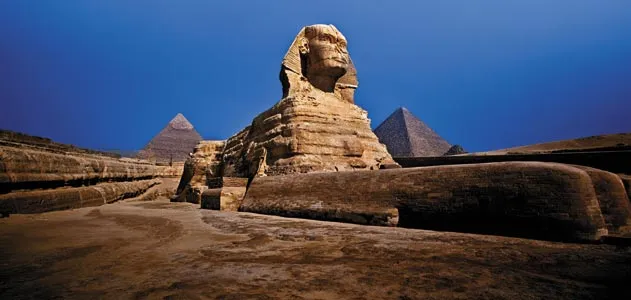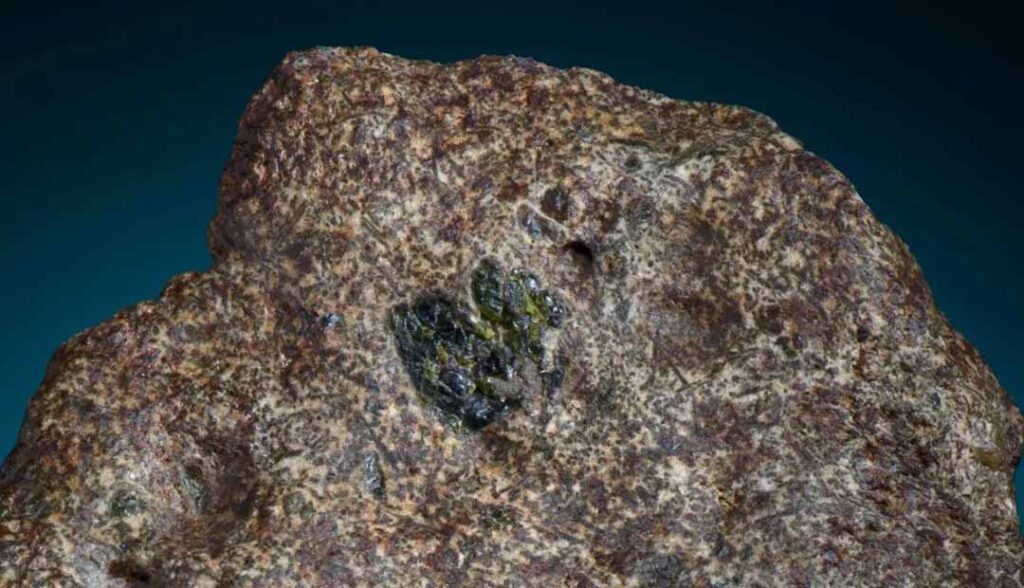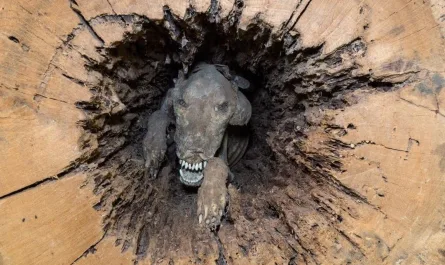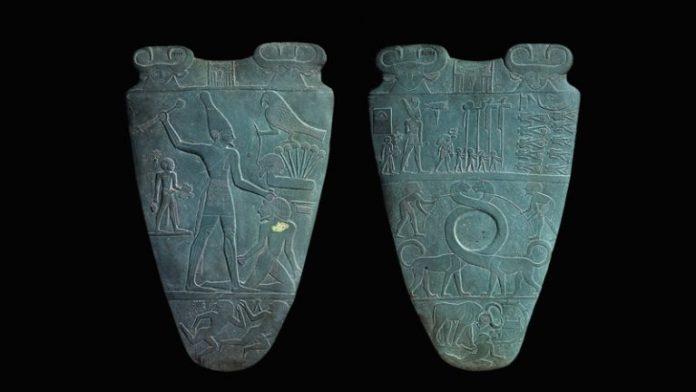“Colossus of the Apennines”
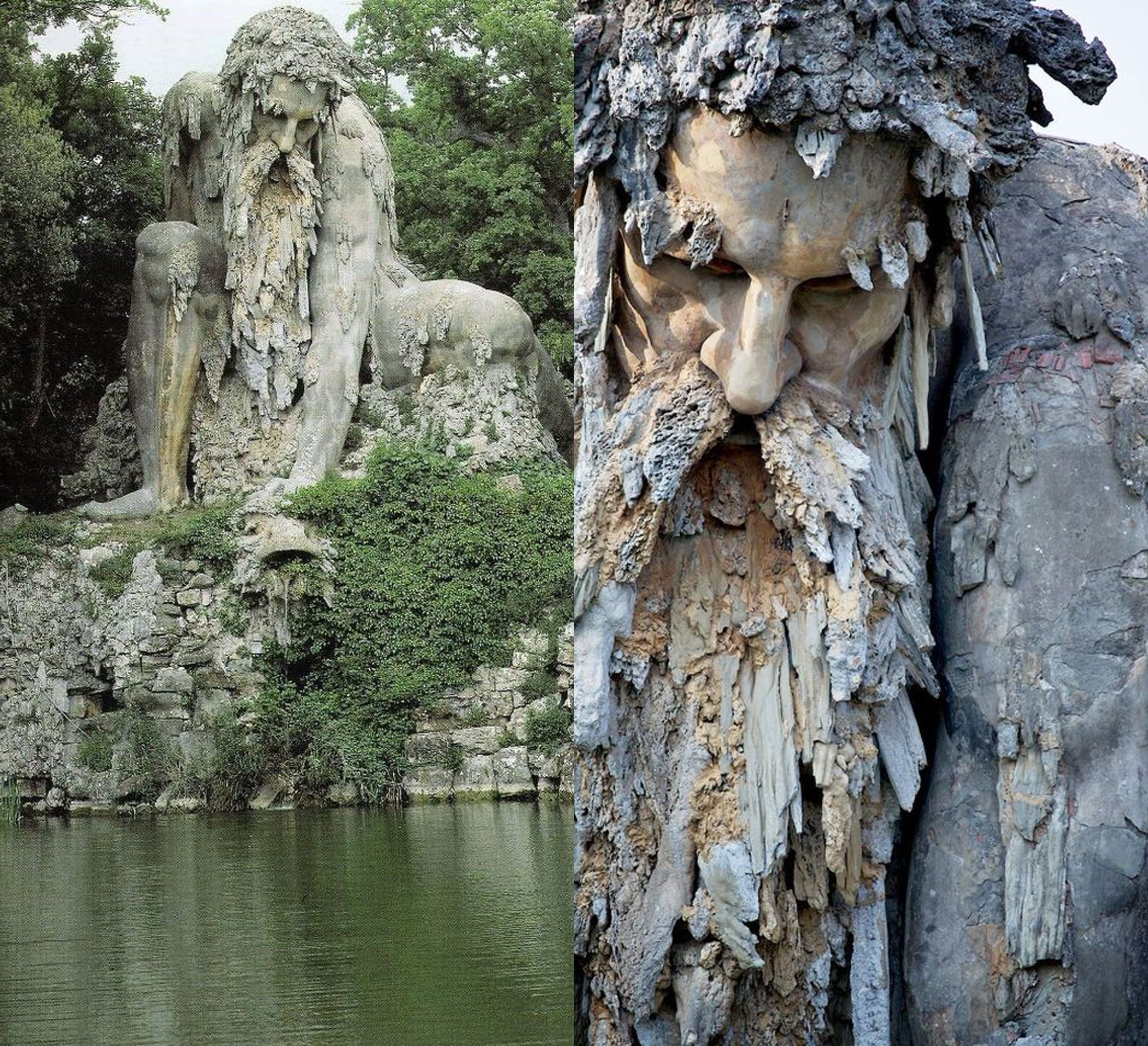
“Colossus of the Apennines” is a large, fantastical sculpture that was made by the Flemish Mannerism, or Late Renaissance sculptor, Giambologna, between 1579 and 1580. Made of stone and brick, it stands at approximately 35 ft tall.
This sculpture depicts Father Apennine, a personification of the Apennine Mountains. Giambologna created this piece for the gardens at the Villa di Pratolino in Tuscany, Italy. Francesco I de’ Medici bought this estate in 1568 for his mistress. He commissioned artists to build her a villa and gardens, with the intention of making the place a fanciful retreat.

Villa Demidoff,
Park (angelegt unter Francesco I. de’ Medici 1569 ff.).
“Der Apennin”.
Skulptur, vollendet 1580, von Giovanni da Bologna (1529–1608).
Naturstein, Höhe über 10 m. Foto, 5. Juni 2010.
The sculpture was originally placed within the niche of a rock that made it appear as if the “Colossus of the Apennines” was emerging from the surrounding stone. The statue is pushing down onto the mouth of a beast from which water flows.
What’s exceptional about this piece is that you can go inside of it. There is a network of grottoes and passageways within the sculpture. Frescoes used to adorn the walls, but have since eroded away. There were also two working fountains and a chamber within the colossus’s head that would be able to fit a small orchestra. Also within the head is a fireplace, and when lit, the smoke would escape through colossus’s nose.
After Francesco de’ Medici’s death, the gardens and villa fell into disrepair. In 1820, most of the grounds of the Villa di Pratolino were demolished. In 1872, the grounds were bought by Paolo II Demidoff, a Russian prince, who restored some of the villa and grounds. Today, the Park of Pratolino is owned by the City of Florence and is open to the public.
